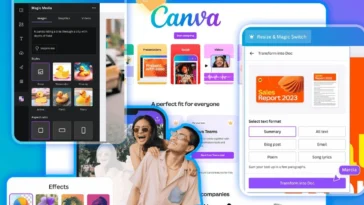Facebook remains one of the most powerful advertising platforms for digital product creators. With precise targeting options, ad formats, and performance analytics, you can reach the right audience and drive real sales.
Here’s a complete guide to running effective Facebook ads for your digital store:
1. Define Your Goal
Before creating an ad, know what you want to achieve:
- Traffic: Drive visitors to your product pages or landing pages.
- Conversions: Encourage people to purchase your digital products.
- Engagement: Increase likes, comments, or shares on your posts.
Choosing a clear goal ensures your ad is optimized for the right action.
2. Identify Your Target Audience
Facebook allows you to target users based on demographics, interests, and behaviors.
- Focus on people interested in digital design, templates, or online learning.
- Use Lookalike Audiences to reach people similar to your best customers.
- Retarget users who visited your site but didn’t make a purchase.
Proper targeting helps reduce wasted ad spend and increases conversion rates.
3. Craft Compelling Ad Creatives
Your visuals and copy are what catch attention.
- Images: High-quality product previews, lifestyle shots, or creative mockups.
- Videos: Quick tutorials or demos showing your product in use.
- Copy: Highlight benefits, urgency, and clear call-to-action (CTA).
Example CTA: “Download 5 Templates Today” or “Get Your Editable Planner Now.”
4. Optimize Ad Placement
Facebook offers multiple placements:
- Feed, Stories, Reels, Marketplace, and more.
- Start with automatic placements and monitor performance.
- Adjust based on which placements give the best results.
5. Monitor and Adjust Your Campaign
Running Facebook ads is an ongoing process:
- Track key metrics like CTR (click-through rate), conversions, and cost per acquisition.
- Test different creatives, headlines, and audiences to find the best combination.
- Scale ads that perform well, and pause underperforming ones.
Final Thoughts
Facebook ads can quickly grow your digital product store if done correctly. Focus on clear goals, target the right audience, and create eye-catching visuals. Combine these with ongoing testing and optimization to maximize ROI.





 No products in the cart.
No products in the cart.